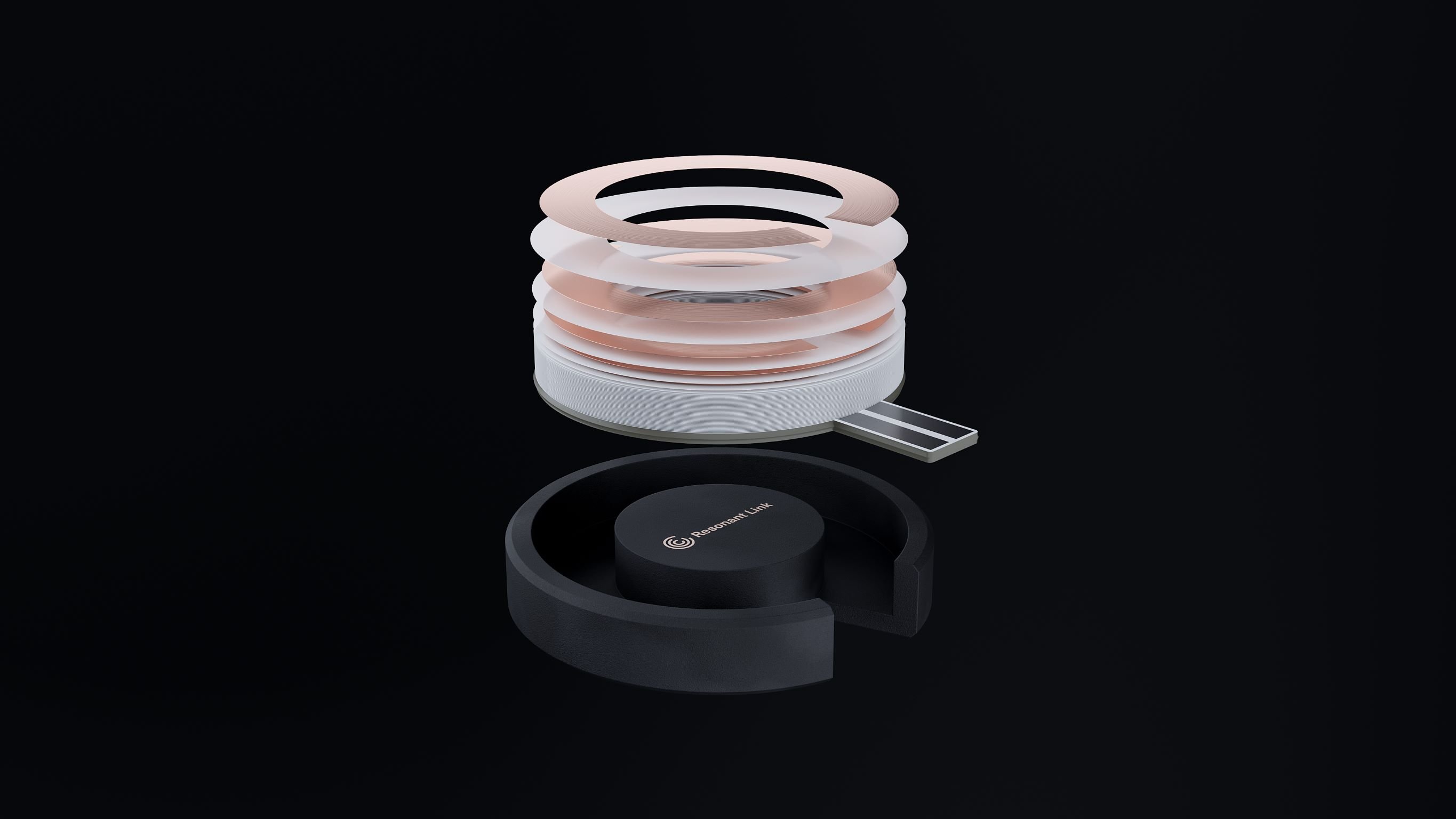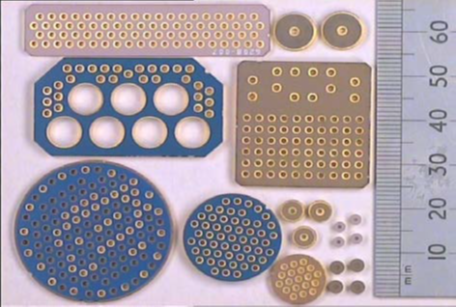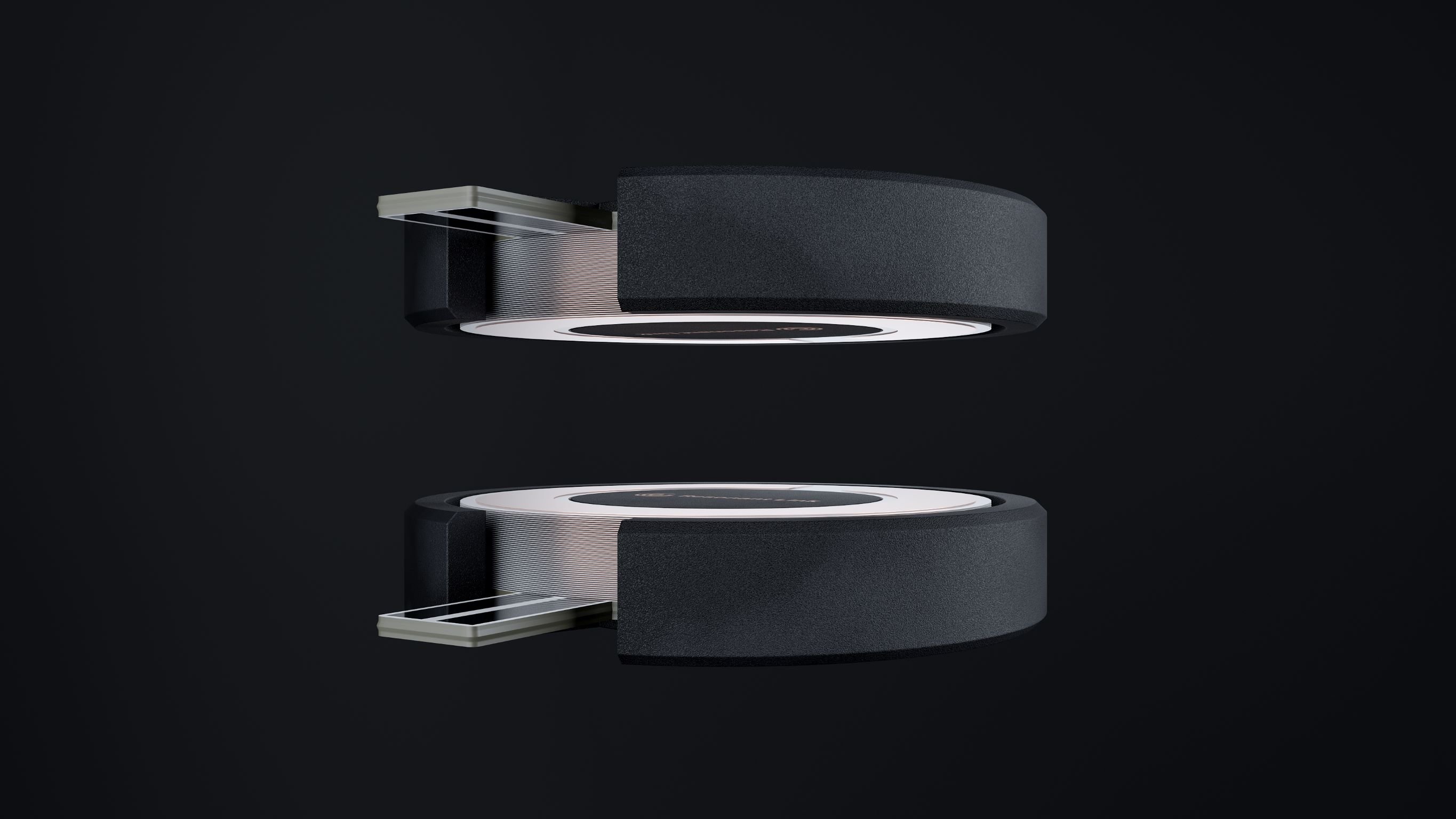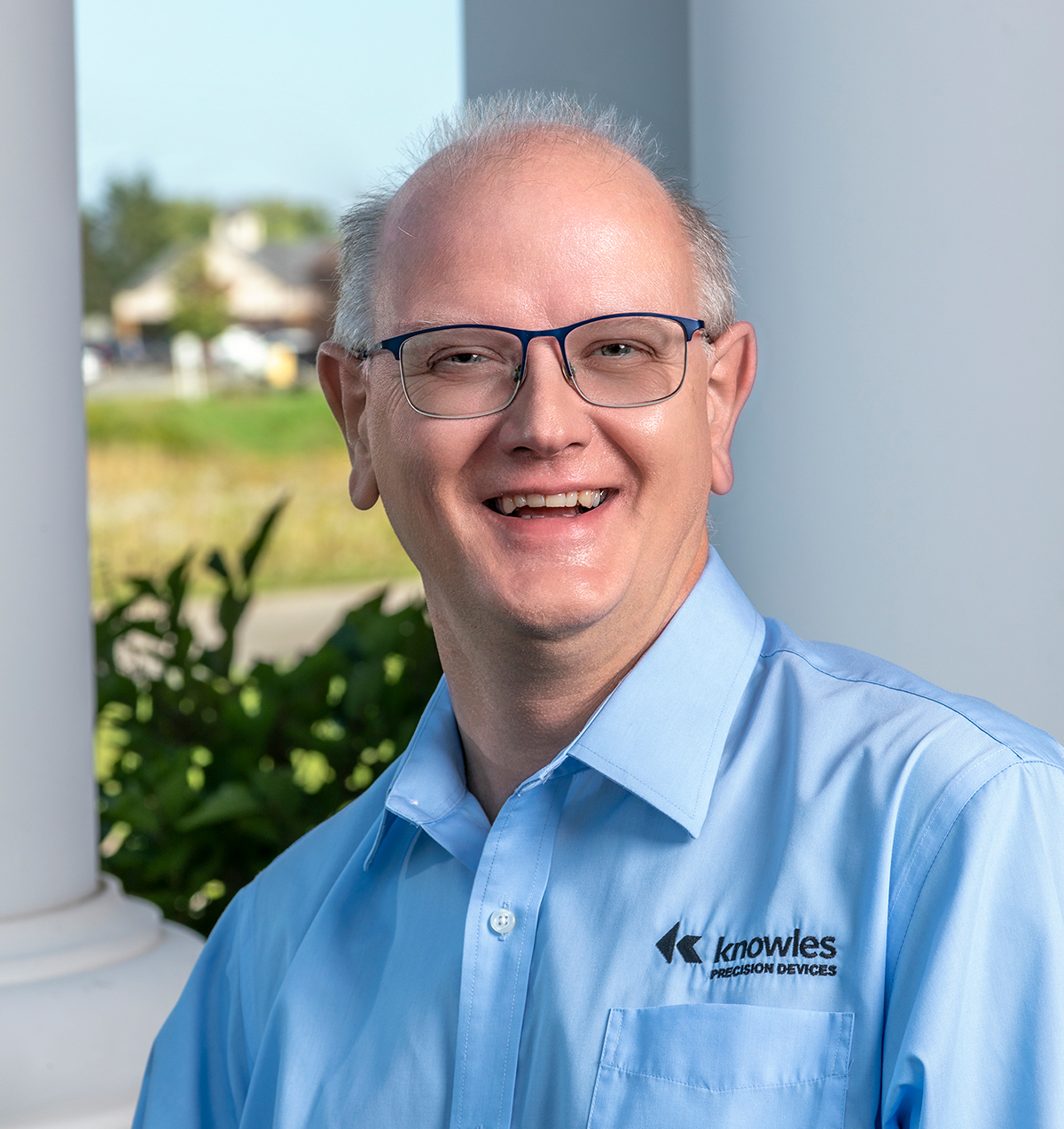At Knowles Precision Devices, we thrive on working with companies who want to take technically challenging ideas and work through the details to figure out how to turn their seemingly impossible ideas into reality. This is because we are not limited to volume production and have extensive experience making specialty and custom parts. We are also familiar with the challenges associated with delivering high-reliability components as we supply many industries and applications that depend on the consistent functionality of custom-shaped parts. For example, we provide numerous space grade components and we are the only manufacturer who has developed planar array ceramic parts for the International Space Station.
In addition, we have a long heritage providing a variety of components to medical device manufacturers for both implantable devices and test equipment. We also specialize in creating higher voltage capacitors and continue to increase the voltages we can work at while most of our competitors specialize in low voltages and continue to focus on even lower voltage parts.
Therefore, when Resonant Link approached us to develop uniquely shaped, highly efficient windings with low equivalent series resistance (ESR) and high-quality factor (Q) for wireless charging, we were excited about the opportunity. Even though we knew nothing existed that could satisfy all these requirements, we did what many companies would not have the ability to do – we began discussing options with different sites within our organization to figure out a solution. Because we are an agile company, as we discussed our ideas, we landed on a solution that would take best practices from two of the co-existing technologies we specialize in – our planar line and our chip line – to produce this custom part.
Tackling the Challenges of Wireless Charging Innovation for Implantable Medical Devices
From pacemakers to drug delivery pumps, most medical implantable devices in use today are powered by batteries that will eventually need surgical replacement. While wireless charging would be a great solution for eliminating the invasive procedures required to change these batteries, there are many challenges presented by wireless charging that need to be overcome first. One of the biggest issues engineers are facing today in making wireless charging a viable option for implantable devices is that wireless circuits tend to generate heat during operation, and traditional measures to combat this mean the circuits tend to be bulky and inefficient. This heat generated by the implanted coils and circuits could potentially burn a person, and the Food and Drug Administration (FDA) mandates strict tissue temperature rise limits of 2°C on any approved device.
Over the last few years, Resonant Link’s electrical, magnetics, and mechanical experts (including 7 PhDs) have been working to address these challenges but needed a custom winding component for their unique coil architecture which is a multi-layer self-resonant structure (MSRS). The MSRS combines the capacitor and inductor, which are typically separate in wireless charging designs, into a single ultra-high-performance component (Figure 1).

Figure 1. A 3D representation of the MSRS designed by Resonant Link.
When they realized a custom part would likely be necessary, they struggled to find a company that could develop electrical components to simultaneously meet their high-quality, high-performance, and unique design requirements. That was until they engaged with Knowles Precision Devices. While we did not have an immediate solution available, we knew this was a challenge we could tackle. Through many upfront discussions, we collaboratively determined this part would ultimately need to be a large non-standard custom design with accurate and specific metallization. Therefore, we knew we would need to take a very different development approach than we normally would for a capacitor.
We ultimately arrived at the decision to develop a multilayer planar array. Planar arrays are application-specific multi-capacitor arrays that are typically designed for use in multi-way EMI filter circuits. Derived from discoidal capacitor theory, planar arrays provide capacitance between the outside perimeter and the internal through holes (Figure 2). While this was not necessarily what Resonant Link needed entering these discussions, the part they wanted was a similar shape to the planar array capacitors we already specialize in, making these a good fit for their application as well. Additionally, this was a particularly interesting approach to take since planar arrays traditionally lend themselves to connecting applications, so using these components for a charging application is quite innovative.
 Figure 2. Examples of planar arrays Knowles Precision Devices is capable of designing.
Figure 2. Examples of planar arrays Knowles Precision Devices is capable of designing.
In the end, Resonant Link and Knowles Precision Devices delivered the highest-performance wireless charging coil ever built, with a diameter-normalized quality factor of over 250 per cm (Figure 3). This is a loss that is nearly 6x less than losses with conventional litz-wire-based coils. As a result, new medical applications with fast recharging, deep implant depths, smaller implant sizes, and simpler recharger alignment for patients are possible. Additionally, Resonant Link and Knowles Precision Devices have since partnered on – and delivered – additional coils for the most-demanding implantable applications.

Figure 3. An example of a fully fabricated component.
Developing High Q Components with Our Unique Materials and Manufacturing Process
At Knowles Precision Devices we are used to working with custom requirements. We can do this because we offer a unique material set and manufacturing process that gives us the flexibility to develop complex and odd-shaped parts. Our custom ceramics allow us to create low ESR, high Q parts, which is what gives us the ability to control heat loss. More specifically, the ultra-low ESR capacitors we already make offer a very stable, X8G high Q material that provides excellent low-loss performance. Thus, we could draw on the experience we have with using these materials for capacitors as a starting point for creating this planar array. Additionally, we are only one of a couple companies that have the expertise to use specialized metal electrodes together with high Q ceramics, which was key to developing this planar array as well.
Beyond our incredibly stable high Q materials, our wet manufacturing process and green handling are also critical for the development of these components. Our wet process is vastly different than the way most companies in the commodity component market manufacture their capacitors using a dry tape method. To start, our wet process is flexible and compatible with multiple shapes, sizes, and configurations. This is because we are using an alternating screen-printing process of ceramic block prints and metal electrode prints, with the finished integrated blocks of product built using a single process.
Another critical feature of our wet manufacturing process that is not possible with a tape process is the ability to accurately account for shrinkage. When this type of component is fired, the whole device will shrink evenly in X and Y directions by around 20 percent. This must be offset in the machining program that shapes the component and is much easier to account for with our wet process because we can be sure the shrinkage will happen evenly. With tape you generally will get more shrinkage in one direction versus the other, which makes maintaining the size and shape and controlling the internal stresses more difficult. For this type of multi-layer device, a component with uneven shrinkage would be unlikely to work.
Since we have followed a wet manufacturing process for nearly 40 years using equipment that was purpose built within our company, we have had a lot of time to perfect our approach to this complicated process. Our core wet manufacturing process and ceramic handling expertise allows us to produce components with mechanical precision and electrical accuracy, enabling assemblies that can withstand even the most rigorous electrical specifications. This has resulted in our position as the manufacturer of choice for the filter connector industry, and we have delivered more than 4,500 different planar array designs. To add to this, we also operate in a lean and responsive way to achieve a fast turnaround on custom shaped parts.
Using an Iterative Development Process to Adapt to Evolving Requirements
Developing a wireless charging solution that can improve the lives of the millions of people that depend on their implantable devices presents a number of challenges electrically. Through this engagement, we are ultimately working to the customer’s custom requirements using our engineering skills and intellectual property. Throughout this process, their experts have challenged our R&D skills by evolving their designs into more complex parts over a short period of time. But since we have such a wide range of expertise, capabilities, and materials available across our different locations, we can deliver what the customer needs now, and can continue to iterate on components as their process evolves.
Overall, our material technology combined with our wet manufacturing process and design expertise allows us to create nearly unlimited combinations of ceramics and electrode configured designs because we have the flexibility to define part dimensions, ceramic specifications, and electrode layer thicknesses and configurations. We also have many years’ experience consistently creating high Q multilayer ceramic capacitor components, which is allowing us to use this material system for planar discs and arrays. Through this combination of flexibility and technical expertise, we are pushing the boundaries of physics and design to enable the development of these break-through technologies.
Working on an application with challenging electrical requirements? Contact the experts at Knowles Precision Devices today to see how we can apply our cumulative expertise to develop the right solution.


